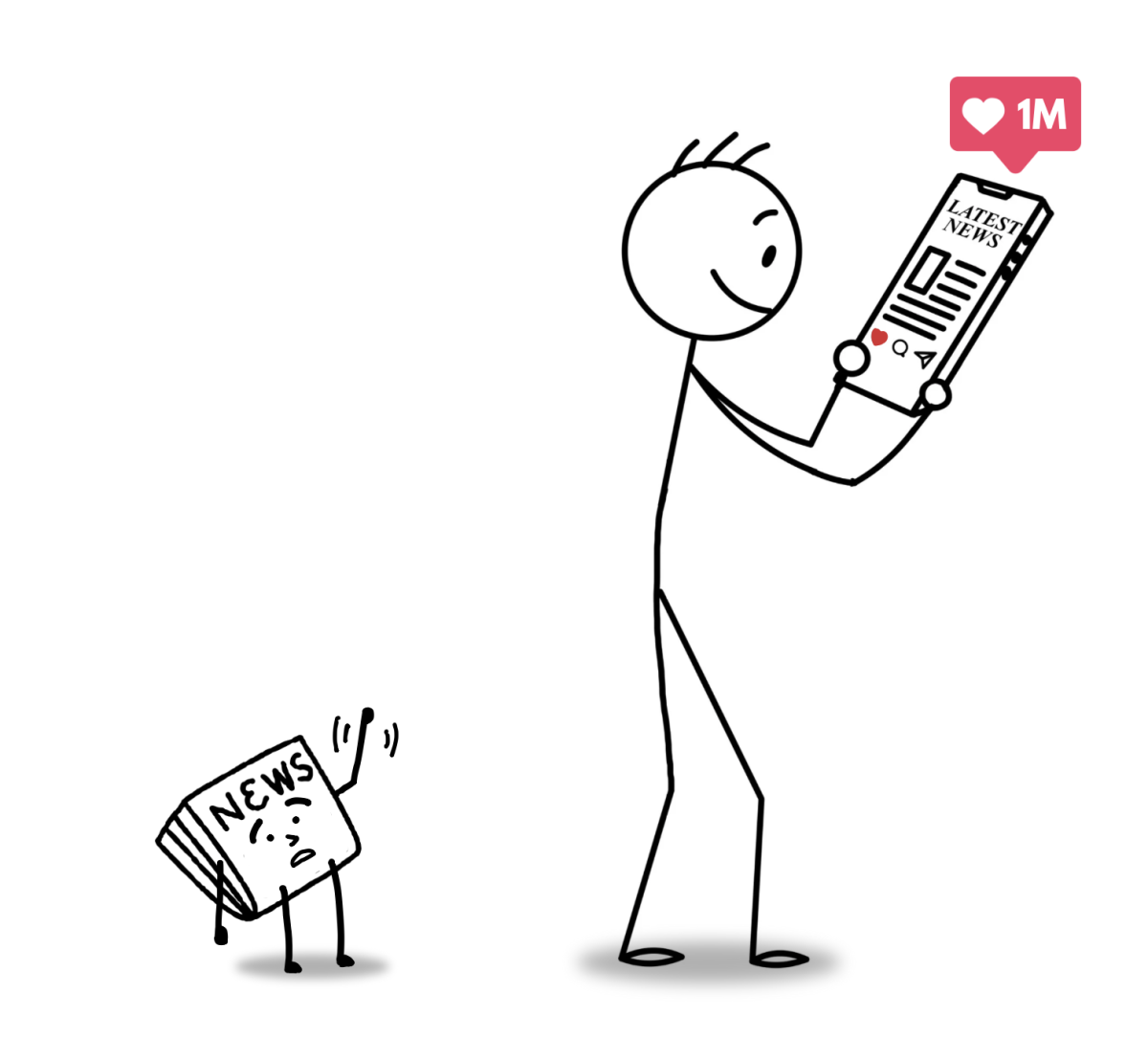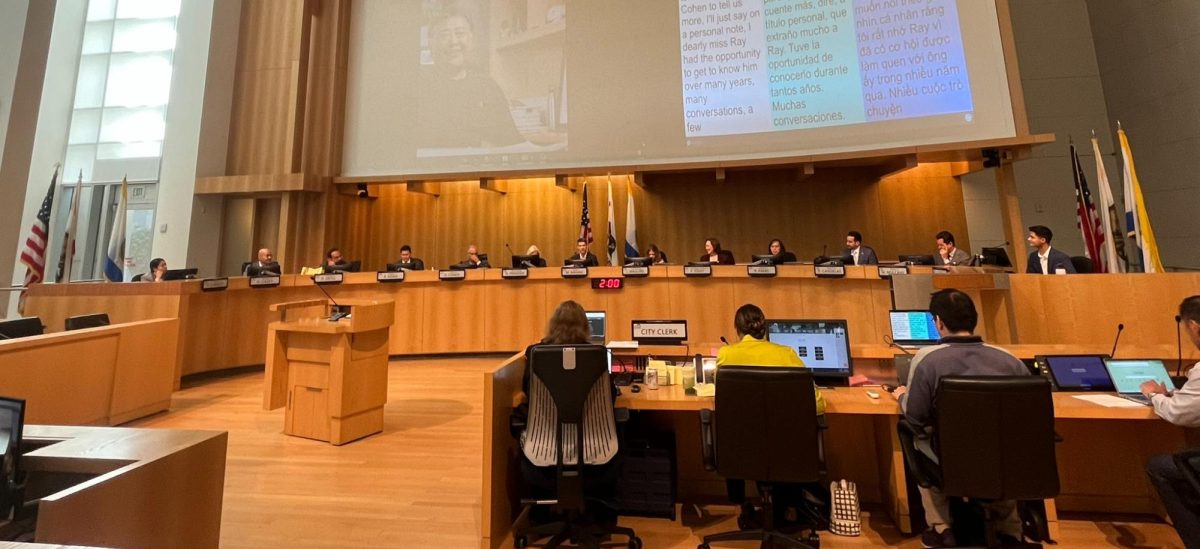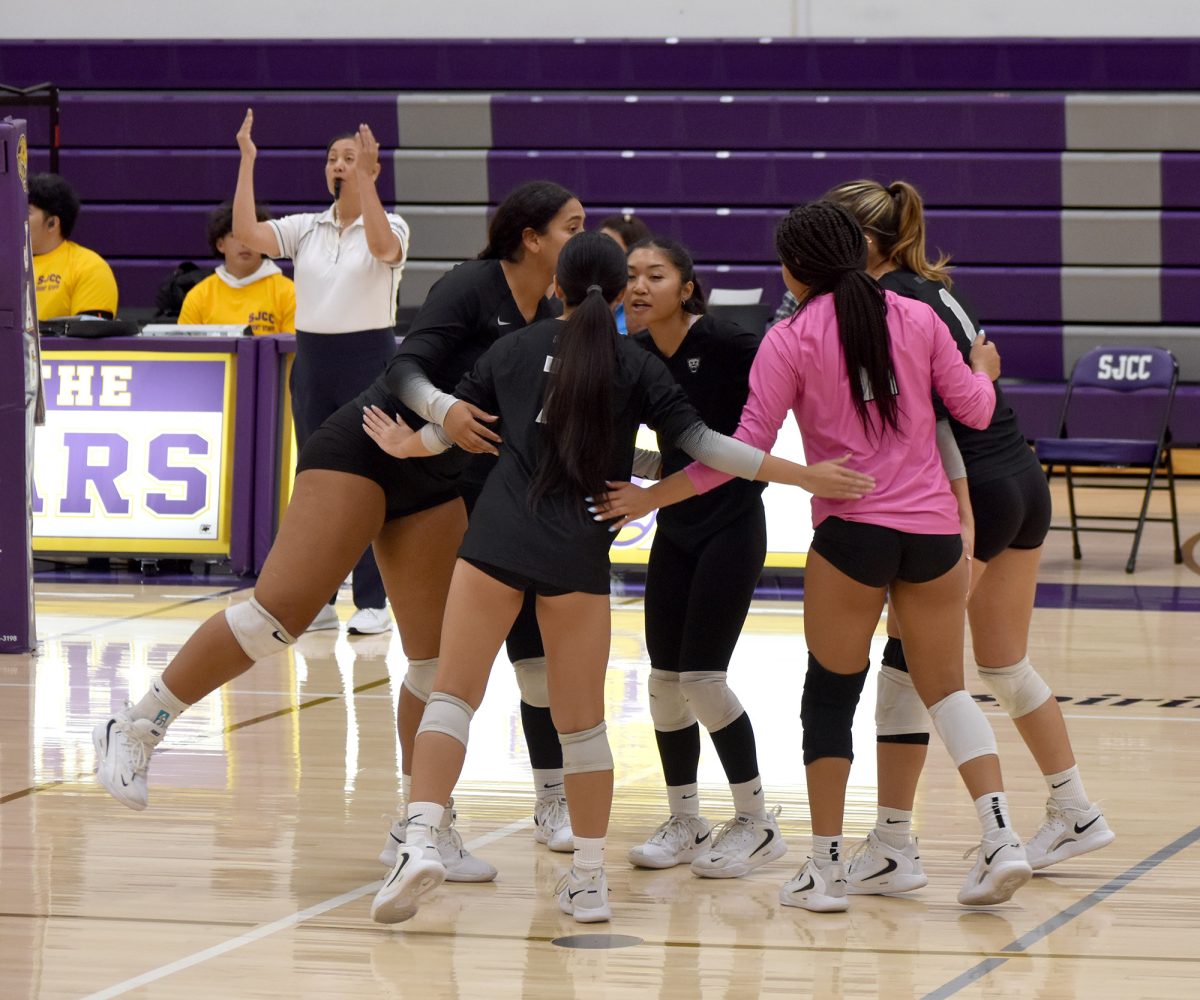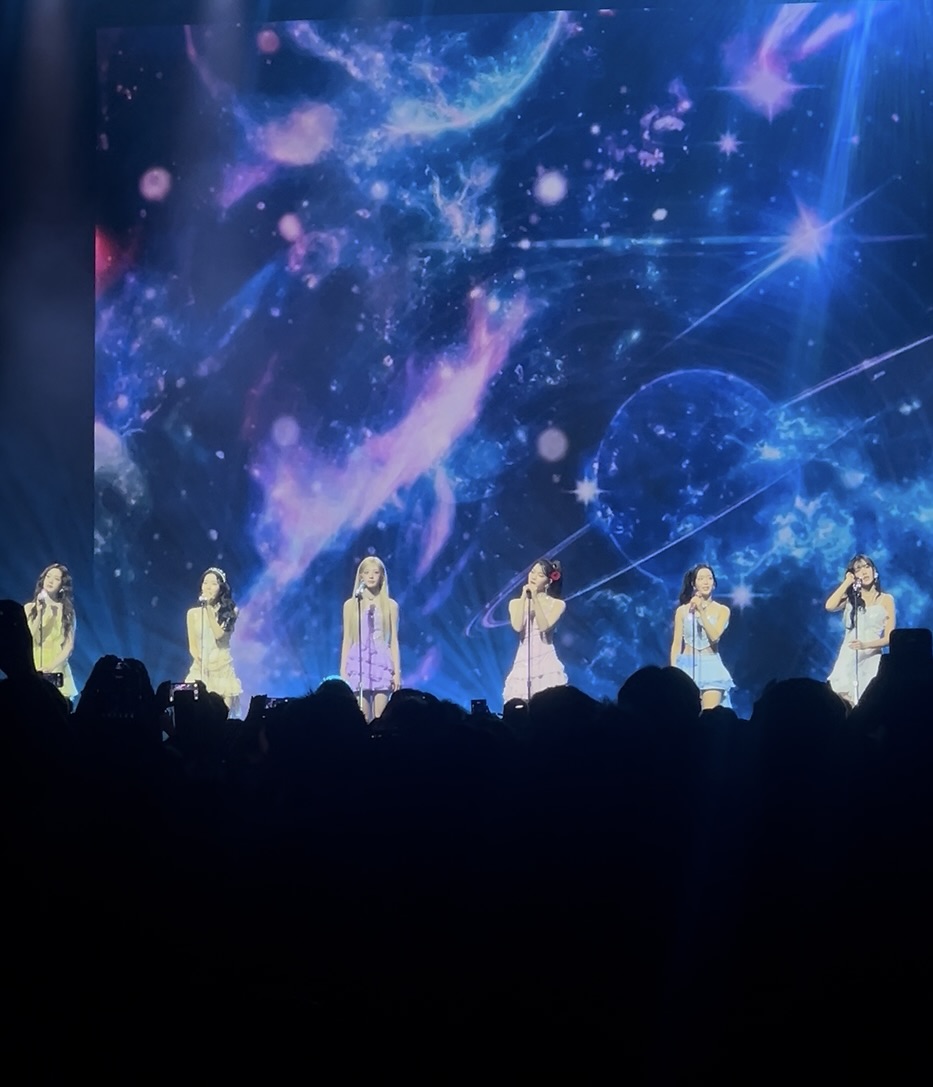Journalism no longer plays by the same set of rules because of a change in the readers’ behavior and the abundance of news resources available on various technological platforms.
It is also a whole other language, operating with sets of rules, principles, and specific structures in place called AP style.
The news media landscape has changed a lot within the last two decades. I remembered how prosperous newspaper publishing companies such as the San Jose Mercury News (now called The Mercury News) and the San Francisco Chronicle once were.
It used to be one of the primary sources where people got their information on what was happening in the world around them. However, advancements in technology now allow people to access news in real time, making the need to wait until the next day to get information from newspaper outlets obsolete.
As a result, former Bay Area news titan Mercury News saw their daily and Sunday newspaper circulation drop from from five-to-ten percent, according to a 2009 Mercury News article. Another Bay Area newspaper giant, the San Francisco Chronicle had an even further drop in their daily and Sunday newspaper circulation from around 23-to-26 percent.
This was not just limited to the Bay Area, as other established news publishing companies around the country such as the Washington Post, the Dallas Morning News, the Chicago Tribune, the New York Times and the Boston Globe saw its daily circulation drop around the 6.7-to-18.5 percent range, according to a 2009 Reuters.com article.
Social media has also taken away some of the newspaper fanfare with kids, teenagers, and young adults spending more of their time and attention getting their entertainment from there. Facebook, Instagram, TikTok and X (formerly known as Twitter) encouraged users to share and receive news through tweets, newsfeed posts, hashtags, reels, short-form videos or stories.
Forbes’ media and publishing company known for its lists and rankings, published a 2021 article stating that “social platforms have a control over what news and information we see. Our social media friends have become the ‘managing editors’ deciding what we see. An article needs to be ‘liked’ and shared multiple times before many people see it in their feed. Therefore social media and your social friends have control over what news pieces you see and what you do not.”
Journalism classes have changed their news writing structure and format in a way to reveal most of the news article information in the headline and the lead paragraph upfront to capture the reader’s attention fast, minimizing the risk of losing their attention. According to Time.com, “every three visitors spend less than 15 seconds reading articles” online.
Then you add Artificial intelligence (AI) into the mix and now, you’ve got even more problems discerning what is real versus fake:
- Real news versus fake news
- Real photos versus fake photos
- Real videos versus fake videos
- Real person versus computer graphics generated people
If you are planning to study journalism or become a journalist, you have to recognize technological advances and your audience’s change in behavior so that you have the ability to quickly adapt to the constantly evolving news landscape.
















